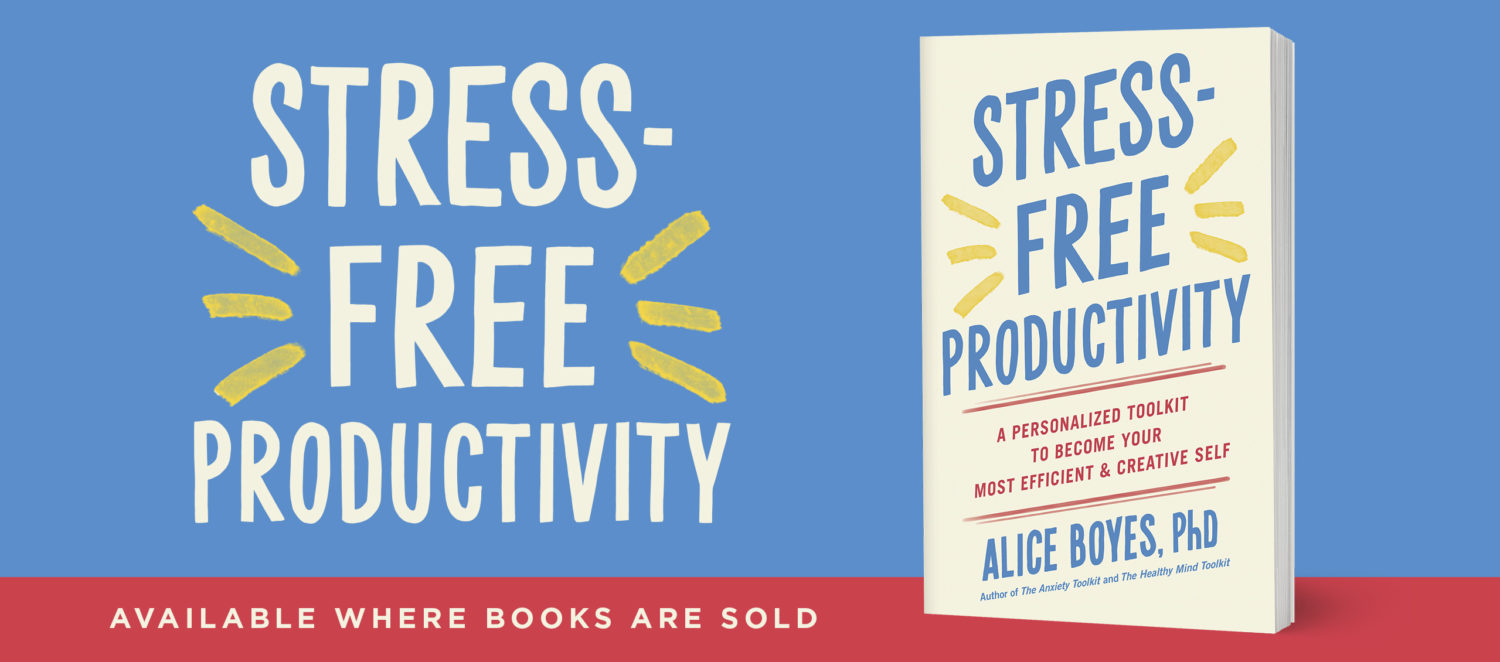How to Build Self Confidence
This article describes a simple, practical technique for How to Build Self Confidence. If you want to know why this works, you can read that section at the bottom of the article.
The example I’ve given is a social anxiety situation but you can also use this for situations in which you are feeling low self-confidence about a task (e.g., you’re sitting down to do a task on your computer at work, you hit a hard bit, and you begin to experience anxiety). For non-interpersonal situations, just focus on other behaviours rather than speech. Don’t include tone of voice if not required, but do include the other sections, including facial expressions.
Steps
Step 1: Identify a common situation that triggers feeling unconfident.
Example: You’re sitting in the lunchroom and a nervous thought enters your mind.
Step 2: Think of the last time this happened and answer the following 4 questions about how you acted when your low self confidence was triggered.
How did you act when your low self confidence was triggered in terms of your….
A. Behaviour and words.
Example: You started talking to the person in the room you feel most comfortable with rather than talking to the whole room.
B. Body posture and gestures.
Example: You switched your body posture so you were looking at your friend and had your shoulder facing most of the people in the room. You lowered your head while you were talking.
C. Tone of voice.
Example: You spoke quietly and not as clearly as usual (you ran your words together a bit aka you mumbled slightly).
D. Facial expressions.
Example: You tightened the muscles around your mouth.
Step 3: Decide on alternatives ways of behaving. Make sure you have a plan for all 4 categories and use these together. It will take time and practice before this new behaviour becomes your new normal.
A: Behaviour and words.
+/- Listen to someone else talking for a little bit first.
Say something positive in nature. It doesn’t need to be Pollyanna positive, expressing positive interest using a relaxed tone of voice is often positive enough.
Alternate between eye contact and resting your gaze on objects (e.g., your lunch as you are eating it), as appropriate.
B: Body posture and gestures.
Example: Sit in your chair in a relaxed way. Loosen any areas of your body you’re holding tension in (e.g., dropping your shoulders). Keep your body facing the majority of the room.
C: Tone of voice.
Example: Speaking clearly, without rushing, in an interested, relaxed tone.
D: Facial expressions.
Example: Relax the muscles in your face (doing a quick half smile can help with this).
Why this Works
Reason 1
Your brain gets information about how you feel from your body.
For example, research has shown that when people do a fake half-smile, they feel happier. However, if people do a full (i.e., big) fake smile, they don’t get this benefit. The reason for the difference is that doing a fake half-smile uses the same facial muscles as a real smile, but when people do a big fake smile, they use different muscles.
Reason 2
You can see from the example I gave that other people are likely to react more warmly to the changed behaviour rather than unconfident behaviour. It’s common for low self esteem behaviours to cause people to behave in ways that create self fulfilling prophecies. (Note: This is a reason you might feel sadness but not a reason for self criticism. If self-critcism was going to help you, it would’ve helped by now :-)).
How to Help
If you have a blog/are the webmaster for a website, and think your readers would like this article, I’d appreciate you linking to it with the anchor text “How to Build Self Confidence.” If you don’t have a blog/website, I always appreciate people sharing my articles on Facebook and Twitter.
This exercise is my version of an exercise that appears in Mind and Emotions. It’s based on “Opposite Action” techniques from Dialectical Behaviour Therapy.




